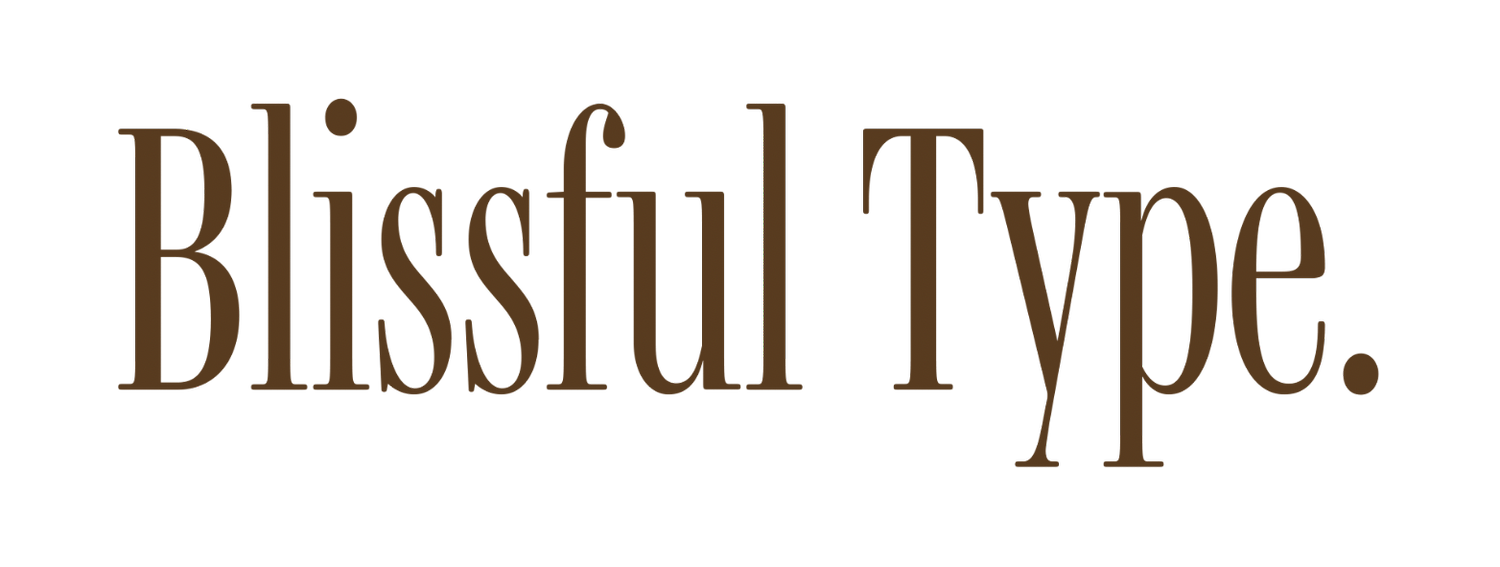The Truth About Balance: Why It’s More of a Juggle Than a Scale
You know that feeling when you’re replying to emails while eating lunch, voice-noting a supplier, and trying to remember whether you actually drank your coffee or just looked at it?
Yeah - that’s what “balance” looks like when you run a business.
As founders, we’re told to find balance like it’s a destination. But here’s the thing - balance doesn’t really exist. At least, not in the picture-perfect way social media paints it. What does exist is the art of the juggle - learning how to manage your time, energy, and expectations so you don’t drop the balls that matter most.
This post isn’t about pretending you can do it all. It’s about showing you how to juggle the chaos with intention - and find your rhythm in the middle of it.
Redefining What “Balance” Actually Means
Balance isn’t a 50/50 split between work and life. It’s the awareness of which areas need more of you right now - and which can wait.
When I started running my business, I thought time management meant cramming more into my day. Now, I see it differently. Balance is just energy allocation with boundaries.
Some weeks, your business will need you more. Other weeks, your body or personal life will demand attention. The point isn’t to make them equal - it’s to stay conscious of your choices.
That’s the real meaning of intentional living: choosing what matters on purpose instead of reacting to what shouts the loudest.
Try this:
At the start of the week, write down:
What’s non-negotiable in your business
What’s non-negotiable for your wellbeing
What you’d like to do if there’s time
That small act of clarity instantly shifts you from overwhelmed to focused.
Why Energy Matters More Than Time
Time is fixed. Energy isn’t.
You can’t create more hours, but you can manage the energy that fuels them.
If you’ve ever noticed that you work best at certain times of the day - that’s your natural rhythm talking. Founders often sabotage productivity by ignoring their energy flow. They fill their mornings with admin instead of creative work or leave deep thinking for the hour they’re mentally drained.
How to manage time around energy:
Find your flow hours.
Track your day for a week and note when you feel most alert or creative. Protect that window like gold.Batch your energy.
Group similar tasks - content creation, calls, finance - so your brain doesn’t constantly switch gears.Add energy anchors.
Movement, journaling, or a five-minute reset between tasks aren’t luxuries; they’re maintenance for your focus.
This is where intentional routines turn into game-changers. The Blissful Business Planner and Daily Planner were designed around this very idea - not to fill every line, but to give structure that supports your energy instead of draining it.
Because sustainable productivity isn’t about more hours. It’s about smarter rhythm.
Balance by Season (Not by Day)
Trying to achieve balance every single day will burn you out. Life moves in seasons, and so does business.
There will be launch seasons, quiet seasons, growth seasons, and rest seasons. The problem is we often expect ourselves to give 100% in all of them - simultaneously.
Instead, try operating with seasonal focus:
Launch season: expect longer days and less social time. Plan ahead for recovery.
Growth season: focus on strategy, systems, and saying no to distractions.
Maintenance season: nurture relationships, creativity, and reflection.
You can’t be in all three at once, and that’s okay. Once you label your season, you remove guilt from the juggle. You stop expecting balance in a period that’s not designed for it.
Ask yourself weekly:
What season am I in, and what needs to take centre stage right now?
Focus on Three Priorities, Not Thirty
Here’s a mindset shift that saved me when I was drowning in to-dos:
You don’t need to do everything. You just need to do the right things.
Every week, I map out three priorities:
One for my business
One for my wellbeing
One for my personal life
That’s it. The rest? Optional.
This approach helps founders juggle what truly matters without chasing an impossible checklist. And if you’re using a structured tool like the Blissful Business Planner, you can layer these priorities into your goals and daily pages - so you’re not constantly rewriting the same tasks in different places.
When you stop expecting yourself to be superhuman, you start working more like a strategist.
Practical Tools for Time & Mindset Balance
When time feels impossible to manage, the problem usually isn’t lack of hours — it’s lack of clarity. Tools bring structure to chaos. Here are the ones I personally swear by and recommend to every founder:
1. The Blissful Business Planner
A 3-in-1 toolkit that combines marketing strategy, mindset coaching, and daily planning. It’s perfect for mapping launches, content, and goals without losing yourself in the process. Think of it as a self-care-meets-productivity system.
2. The Daily Planner
Designed for focus. Instead of overloading your schedule, it helps you define top priorities and honour your time boundaries.
3. Intentional Cards
When your head’s full and you need to reset, these are like mini coaching prompts. Pull a card, reflect, re-centre - then get back to work with clearer energy.
4. The Thrive Journal
A guided journal that helps you zoom out when you’re stuck in the day-to-day. Use it for self-reflection, planning, or simply to reconnect with your “why.”
These aren’t just stationery; they’re self-care tools for founders - structure that supports both your business and your wellbeing.
Self-Care Isn’t a Reward. It’s a Requirement.
Let’s be honest - founders are great at pushing through. We’ll skip lunch, cancel plans, and call it dedication. But the truth? That’s just depletion in disguise.
If you want to manage time better, start by protecting your energy like it’s part of your job - because it is.
Try this quick framework:
The 1-1-1 Rule for Founder Self-Care
1 thing each morning for your mindset (journaling, prayer, movement)
1 break during the workday that isn’t your phone
1 small joy in the evening that reconnects you to yourself
That’s it. You’re not building a routine; you’re maintaining the human running the business.
Boundaries Are the Backbone of Balance
If you’ve ever said “yes” to something you didn’t have capacity for, this one’s for you.
Boundaries are time management in disguise. Every no is protecting a more meaningful yes.
As a founder, it’s easy to feel guilty for stepping away - but burnout costs more than rest ever will. The most successful people I know aren’t balanced because they do more; they’re balanced because they guard their bandwidth.
Ask yourself:
What am I saying yes to that’s draining me?
What could I automate, delegate, or delay?
How would my business grow if I gave myself space to think instead of react?
Balance doesn’t come from squeezing more in - it comes from cutting out what doesn’t serve the bigger vision.
Reflection Over Reaction
When you feel like everything’s slipping, pause before you push harder. That moment of reflection is often where the best clarity comes from.
A question I return to often:
Is this task urgent, or just noisy?
Journaling on that one line has saved me from spirals of overwhelm. If you’re using tools like the Thrive Journal, use your reflection pages to check whether you’re living reactively or intentionally. Over time, those small reflections turn into big mindset shifts.
What “Balance” Looks Like in Real Life
For me, balance looks different every week.
Some days I’m in deep focus mode - laptop, planner, coffee, chaos. Other days, I step back and reset with a long walk or time offline. The key is not perfection; it’s awareness.
When I am studying at Cambridge while running Blissful Type and freelancing, balance isn’t calm - it is structured chaos with boundaries. I’ve stopped aiming for symmetry and started aiming for anchored flexibility.
That’s the goal: to feel grounded even when life feels heavy. Because the juggle will never stop - but your approach to it can evolve.
How to Rebuild Your Relationship With Time
If you’ve been feeling stretched or scattered lately, try this 3-step reset:
Audit your week.
Track where your time actually goes - not where you think it goes. Awareness is step one.Categorise tasks by impact.
What drives your business forward? What supports your wellbeing? What could disappear tomorrow with no real consequence?Design your ideal week- realistically.
Block your focus hours first, then your non-negotiables (sleep, meals, rest). Everything else fits around those anchors.
This isn’t about control. It’s about designing a life that works with you, not against you.
The Real Secret: Acceptance
Here’s the truth founders rarely say out loud: no one has it together all the time. Everyone’s dropping balls somewhere.
The difference between burnout and balance isn’t organisation - it’s acceptance. The acceptance that some seasons will stretch you, some will refill you, and none of them define you.
When you stop chasing perfect balance, you start building sustainable success. You create space to think, rest, and breathe - and that’s where creativity and clarity thrive.
Balance, then, isn’t a finish line. It’s a rhythm.
One you can return to - again and again - as you grow.
Founder Reflection Prompt
What would change if you stopped trying to balance everything… and started focusing on what truly deserves your energy this week?
You don’t need to do it all. You just need to do it intentionally.
And if you’re looking for tools to help you find your rhythm - the Blissful Business Planner, Daily Planner, and Thrive Journal were designed to do exactly that: bring structure to the juggle so you can build a business and a life that feel aligned.

